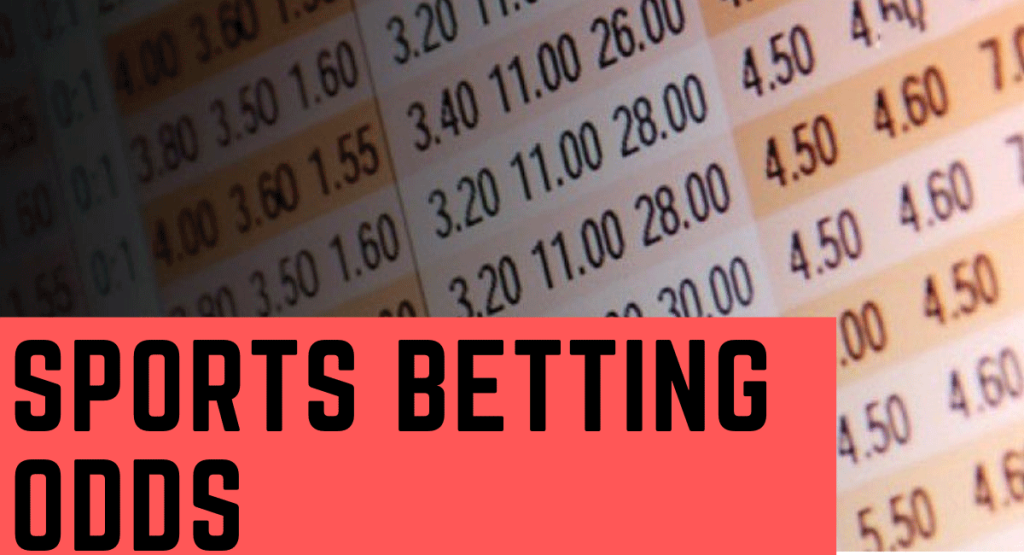Sports betting continues to grow in popularity across the Philippines and globally, but many newcomers find themselves confused by the various ways odds are presented. Whether you’re looking at a sportsbook in Manila or an online betting platform, understanding how to read and interpret odds is fundamental to making informed wagers. This comprehensive guide breaks down the three main odds formats and explains how to use this knowledge to your advantage.
Why Understanding Odds Matters
Odds serve three essential functions in sports betting:
- They indicate the implied probability of an outcome
- They determine how much you’ll win relative to your stake
- They reflect the bookmaker’s margin (also called “vig” or “juice”)
Bettors who can quickly interpret odds across different formats gain a significant edge in identifying value opportunities—situations where the implied probability is lower than your own assessment of the likely outcome.
The Three Main Odds Formats
Decimal Odds: The Global Standard
Decimal odds (also called European odds) have become the default format for most online sportsbooks due to their simplicity.
How Decimal Odds Work:
- The number represents your total return per unit staked
- This includes both your profit and your original stake
- Formula: Total Return = Stake × Decimal Odds
Examples:
- Odds of 2.00: A ₱1,000 bet returns ₱2,000 (₱1,000 profit + ₱1,000 stake)
- Odds of 1.50: A ₱1,000 bet returns ₱1,500 (₱500 profit + ₱1,000 stake)
- Odds of 3.75: A ₱1,000 bet returns ₱3,750 (₱2,750 profit + ₱1,000 stake)
Calculating Implied Probability:
- Implied Probability = 1 / Decimal Odds
- Example: Odds of 2.50 suggest a 40% chance (1 ÷ 2.50 = 0.40 or 40%)

Fractional Odds: The Traditional Format
Fractional odds (also called British odds) remain popular in the UK and Ireland, and you’ll still encounter them in horse racing markets worldwide.
How Fractional Odds Work:
- The fraction shows potential profit relative to stake
- Format: Potential Profit/Stake
- Formula: Profit = Stake × (Numerator ÷ Denominator)
Examples:
- Odds of 4/1 (read as “four to one”): A ₱1,000 bet profits ₱4,000 (plus your ₱1,000 stake back)
- Odds of 1/2 (read as “one to two”): A ₱1,000 bet profits ₱500 (plus your ₱1,000 stake back)
- Odds of 5/2: A ₱1,000 bet profits ₱2,500 (plus your ₱1,000 stake back)
Calculating Implied Probability:
- Implied Probability = Denominator ÷ (Numerator + Denominator)
- Example: Odds of 3/1 suggest a 25% chance (1 ÷ (3 + 1) = 0.25 or 25%)
American Odds: The Moneyline System
American odds (or moneyline odds) are the standard in the United States and appear increasingly on international platforms offering US sports markets.
How American Odds Work:
- Positive number (+): Shows potential profit on a ₱100 stake
- Negative number (-): Shows how much you need to stake to profit ₱100
Examples:
- Odds of +200: A ₱1,000 bet profits ₱2,000 (plus your ₱1,000 stake back)
- Odds of -150: A ₱1,500 bet profits ₱1,000 (plus your ₱1,500 stake back)
- Odds of +350: A ₱1,000 bet profits ₱3,500 (plus your ₱1,000 stake back)
Calculating Implied Probability:
- For positive odds: Implied Probability = 100 ÷ (Odds + 100)
- For negative odds: Implied Probability = |Odds| ÷ (|Odds| + 100)
- Examples:
- +200 suggests a 33.3% chance (100 ÷ (200 + 100) = 0.333)
- -200 suggests a 66.7% chance (200 ÷ (200 + 100) = 0.667)

Converting Between Odds Formats
Being able to quickly convert between formats helps when comparing odds across different bookmakers:
Decimal to Fractional:
- Subtract 1 from the decimal odds
- Convert to a fraction and reduce to simplest form
- Example: 2.50 → 1.50/1 → 3/2
Fractional to Decimal:
- Divide the numerator by the denominator
- Add 1 to the result
- Example: 5/1 → 5 ÷ 1 = 5 → 5 + 1 = 6.00
Decimal to American:
- For odds ≥ 2.00: (Decimal – 1) × 100 = American (+)
- For odds < 2.00: -100 ÷ (Decimal – 1) = American (-)
- Examples:
- 3.50 → (3.50 – 1) × 100 = +250
- 1.75 → -100 ÷ (1.75 – 1) = -133
Understanding the Bookmaker’s Margin
Odds never represent true probabilities because bookmakers build in their profit margin:
- The total implied probability for all possible outcomes always exceeds 100%
- This excess percentage represents the bookmaker’s theoretical edge
- Lower margins generally indicate better value for bettors
Example: Two-Way Market
For a tennis match with odds of 1.90 for each player:
- Implied probability for each: 1 ÷ 1.90 = 0.526 or 52.6%
- Total implied probability: 52.6% + 52.6% = 105.2%
- Bookmaker margin: 5.2%
Practical Applications for Bettors
Finding Value Bets
The cornerstone of profitable betting is identifying value—where the bookmaker’s implied probability is lower than your assessed probability:
- Convert odds to implied probability
- Compare with your own probability assessment
- Bet when your assessed probability exceeds the implied probability
Understanding Line Movements
Odds change over time due to several factors:
- New information (injuries, team news, weather)
- Betting volume and liability management
- Sharp money from professional bettors
Tracking these movements can provide insights into market sentiment and potentially reveal value opportunities.
Conclusion: Beyond the Basics
While understanding odds formats is essential, successful sports betting requires developing your own probability assessments and finding discrepancies between your estimates and the market. Remember that interpreting odds is just the beginning—the real challenge lies in determining when those odds represent genuine value.
By mastering these concepts, you’ll be equipped not just to understand the numbers on the screen, but to make calculated decisions that position you for long-term success in an inherently challenging pursuit.
